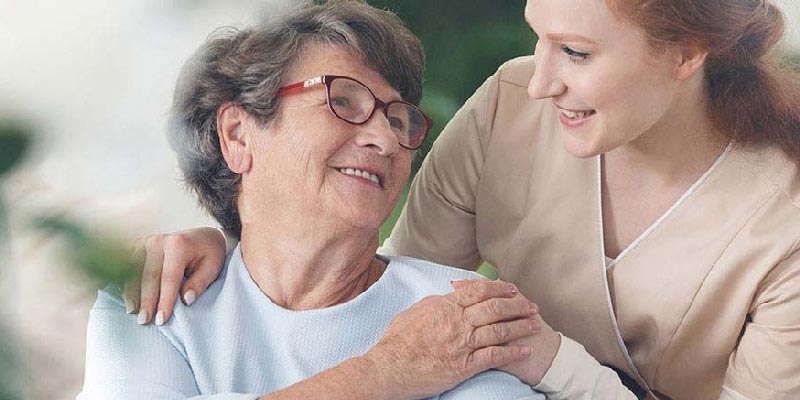As a caregiver, you have many responsibilities that can leave you physically and mentally drained. While getting your loved one dressed sounds like it should be the least of your worries, nothing is more frustrating than struggling to get arms up and into a shirt or needing to remove clothes in time for toilet needs. Adaptive clothing could be the solution that makes your day run a whole lot smoother.
What is Adaptive Clothing?
Adaptive clothing is designed to make getting dressed a painless and straightforward process. A lot of thought is put into how the clothing falls and is secured on the body. What makes them an attractive option is their ability to prevent injury by being more maneuverable and easier to work with. And, they aren’t just for the convenience of the caregiver.
Seniors with physical limitations or mobility issues often find them to be more comfortable than their regular clothes. Some are even able to live more independently because it allows them to get dressed freely without conflict.
You might be thinking that adaptive clothing is a style cramper, and your loved one wouldn't be caught wearing them in public. While it’s true that options were limited in the past, today, adaptive clothing has evolved to be more than hospital gowns and stretchy pants. Many of the designs are modeled after popular styles and can address a variety of needs. In other words, seniors can feel good while looking great.
What to Look For
If you’re new to adaptive clothing, knowing what to look for can be mystifying. After all, adaptive clothing takes many shapes and has a variety of functions. They come in pants, tops, skirts, robes, capes, undergarments, and footwear. Not to mention, you may need to keep an eye out for specialized functionalities, such as for dementia patients who may have a tendency to disrobe or for people with diabetes who need compression wear. Here are some adaptive clothing features to keep in mind:
Shirts
- Opens up completely (arms can slide in rather than be lifted overhead)
- Magnetic, snap, overlapping, or hook and loop closures
- Fabrics that won’t irritate sensitive skin, such as 100 percent cotton
- Shoulder snap closures on pajamas
- Full zipper backs to keep clothes on without worry of disrobing
Pants
- Back of pants are able to be completely open
- Legs can be inserted into pants while in a seated position
- Able to open at the sides
- Option for additional nylon handles that allow a caregiver to complete safe transfers
- Elastic waistbands
Footwear
- Use of hook and loop closure
- Closure is adjustable in order to accommodate wide feet and other concerns
- Suitable support
- Slip-resistant soles
- Non-constrictive diabetic socks to relieve issues with swollen feet and ankles
- Anti-skid socks
Most people don't give a second thought as to how they put on their clothing, but when you’re a caregiver, the challenges of dressing someone become obvious. Adaptive clothing is a gentle solution that gives the person in your care more comfort and independence. If you're considering adaptive clothing for a loved one, explore the options and find the styles that fit their needs





